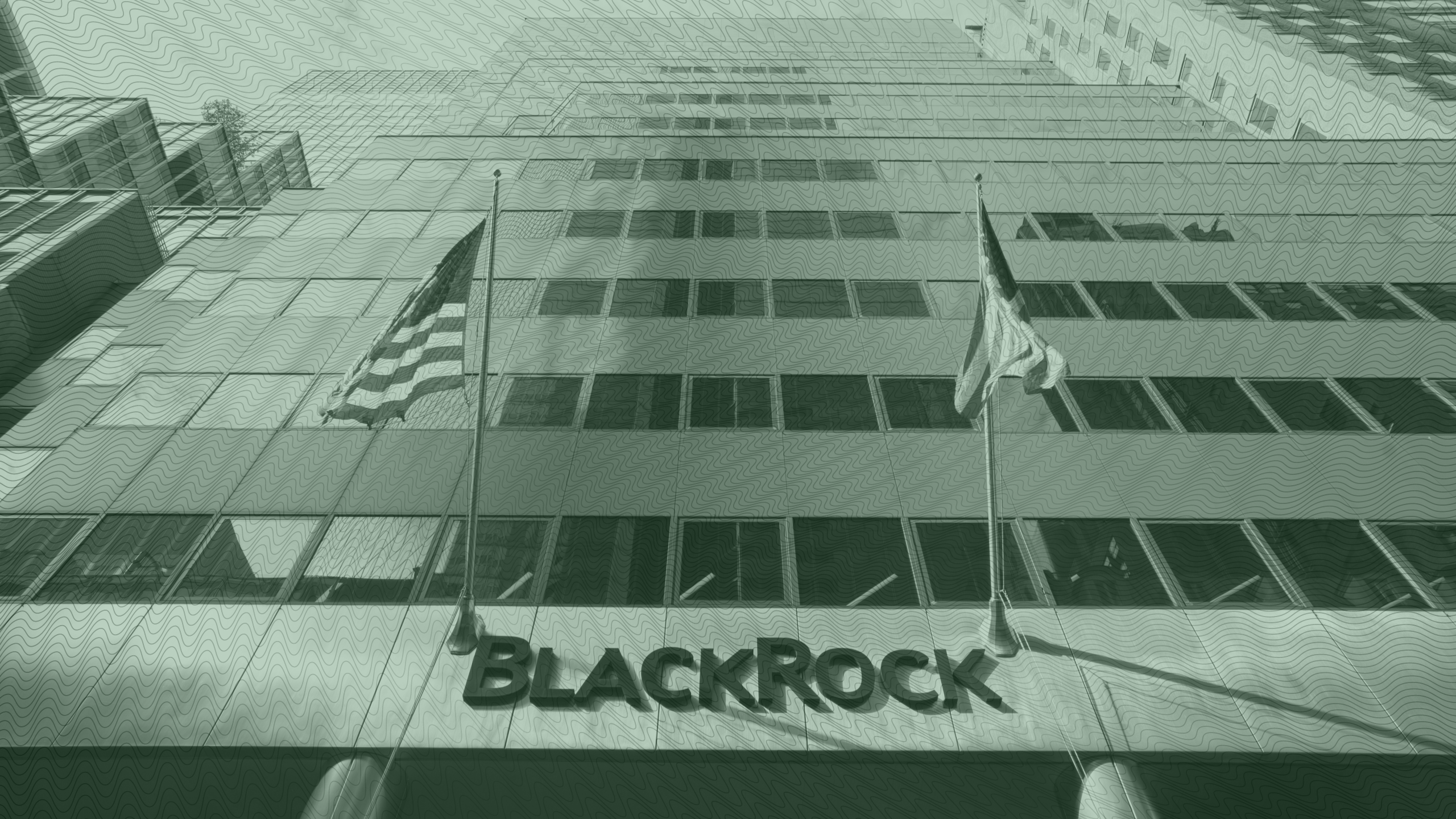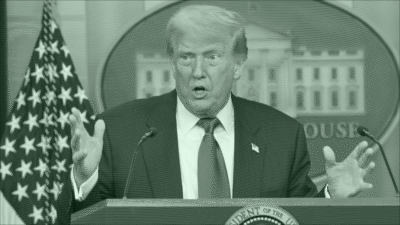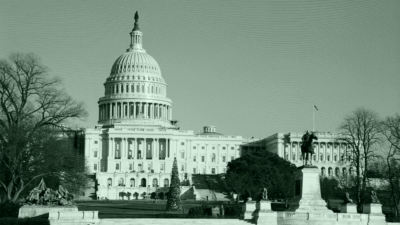Risk-Free Investing? These ETFs Offer 100% Downside Protection
Buffered ETF strategies can help financial advisors and money managers navigate cash positions as interest rates edge higher.

Sign up for market insights, wealth management practice essentials and industry updates.
It’s tough to believe anyone who claims to make money in the stock market without risking a dime — unless, of course, that someone is named BlackRock, Fidelity, or PGIM Investments.
Some of the world’s most trusted financial institutions have launched new exchange-traded funds in recent months that offer complete downside protection. By using options trades, like puts and calls, the strategy can guarantee investors will only lose a percentage of their initial principal. Of course, there’s a catch: Potential gains are also capped, meaning investors may leave valuable returns on the table.
As interest rates are expected to edge higher through the end of the year, the strategies could continue to pick up steam as money managers reposition cash holdings in relatively low-risk products.
Don’t Be a Bear
Buffered ETFs have quickly become the hot new trend in wealth management, with assets topping $47 billion in some 270 funds, according to Kiplinger. BlackRock — which manages $25 billion in assets in more than 40 active ETFs — introduced the iShares Large Cap Max Buffer Jun ETF last week. “With record levels of cash sitting on the sidelines, many investors are looking for tools to help navigate market volatility before they step back into the market,” said Rachel Aguirre, BlackRock’s head of iShares Product Engineering in the US.
The products could be a good option for clients who are trying to minimize the bill to the tax man. Rather than investing excess cash in money market funds where returns would be taxed at ordinary income rates, clients can take cash off the sidelines and utilize tax-deferred capital gains rates upon sale of the ETF, according to Andrew Herzog, an advisor with The Watchman Group.
What’s the Catch? Buffered ETFs have caught fire as of late. However, complicated investing strategies using option calls can also become very expensive. These defined-outcome ETFs are some of the more expensive investing options:
- The average expense ratio is 0.78% for these products, which is higher than most ETFs.
- With 195 ETFs traded on the US markets, Buffer ETFs have total assets under management of $37 billion, according to VettaFi data.
“If the buffered ETF, that’s tied to an index, remains flat over the outcome period, then your money did nothing,” Herzog told The Daily Upside. “It sat there like cash in a checking account. That’s the risk someone ultimately takes.”











